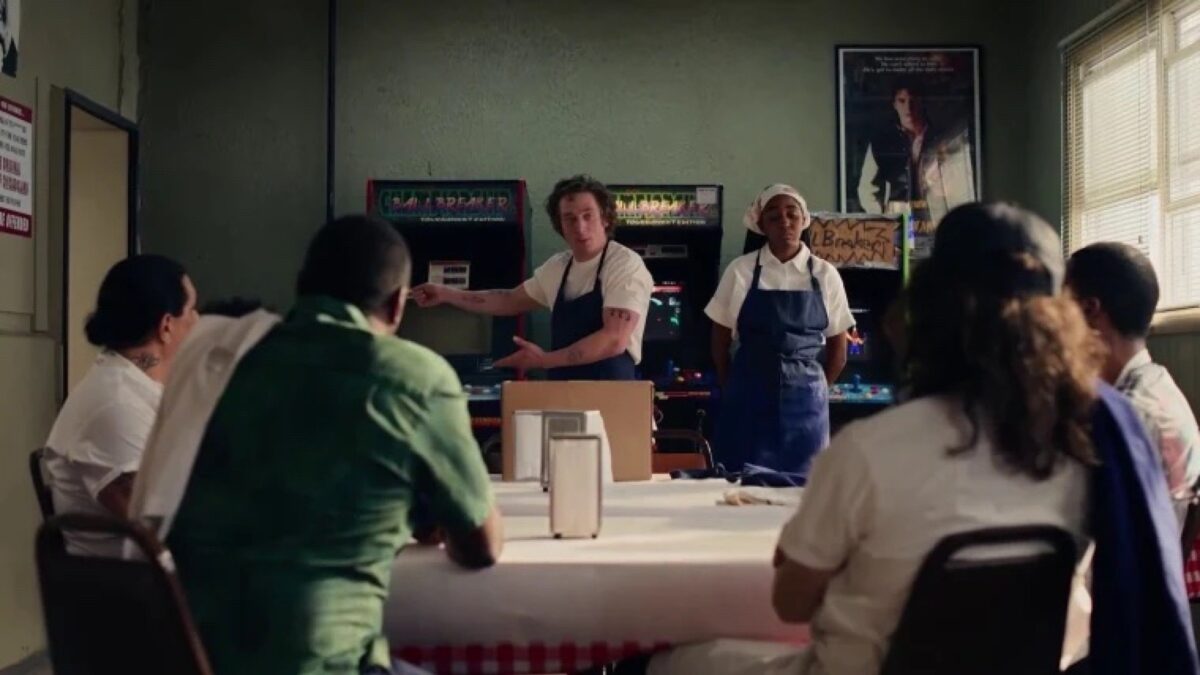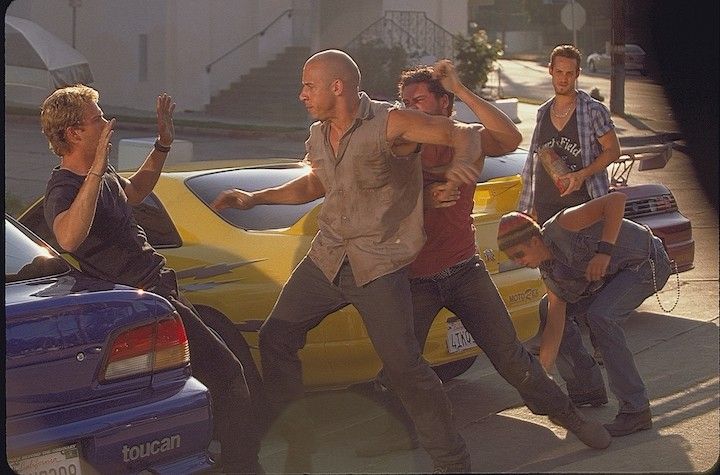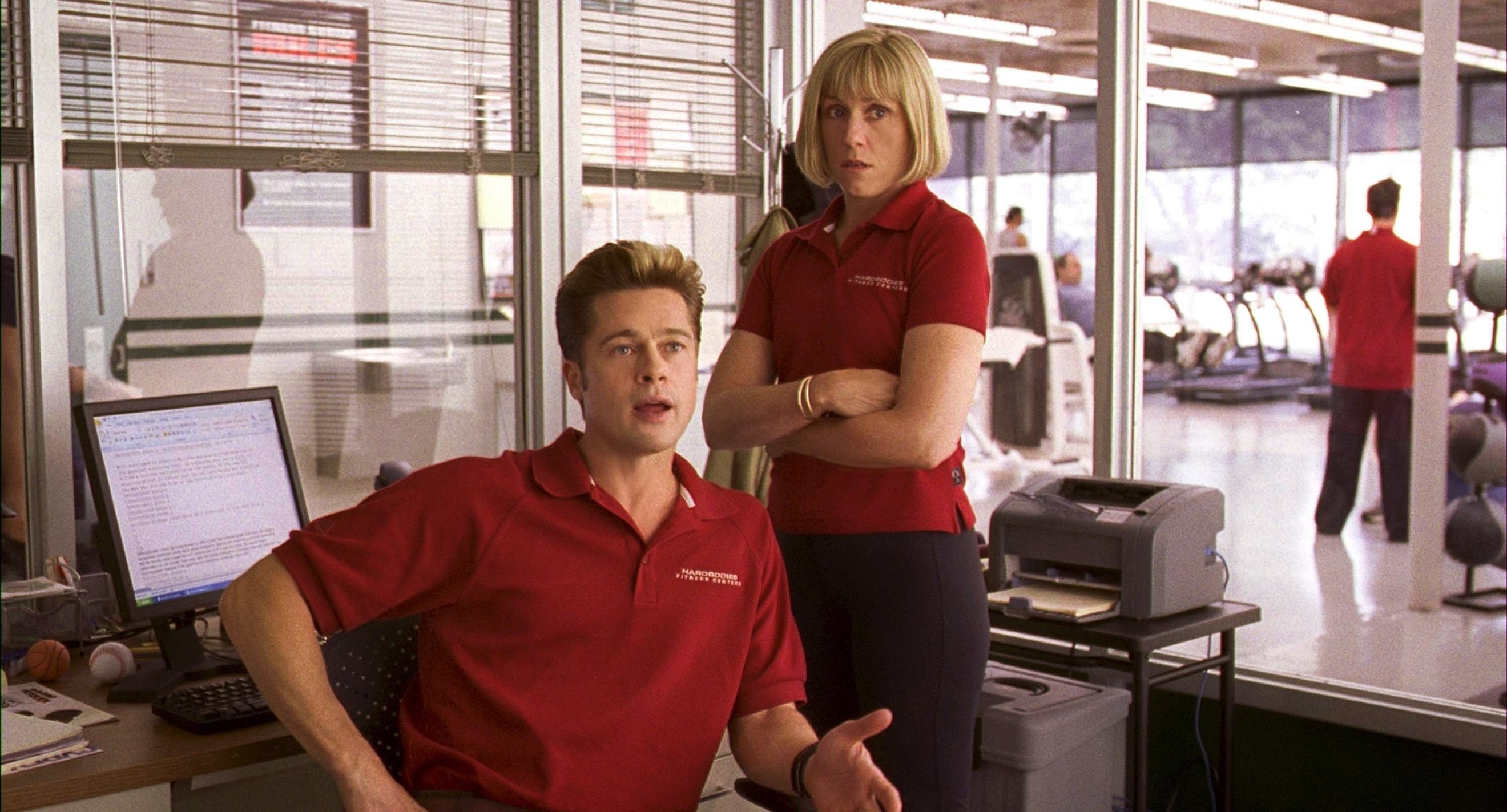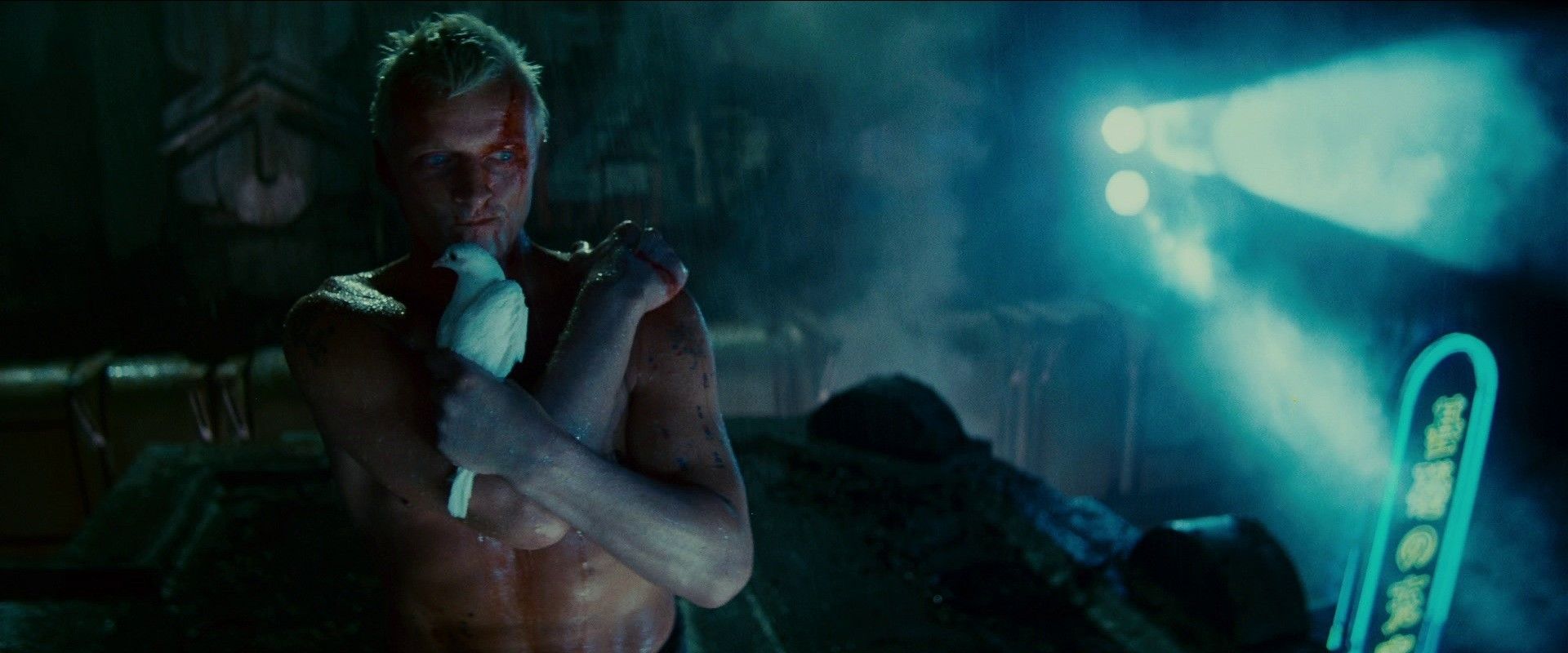
The details will sell your script.
I was re-watching The Bear last night and had an epiphany. The show, if you don’t know it, is about a chef who takes over his brother’s restaurant after his brother kills himself. Now, that story could take place anywhere, but this one takes place in Chicago, Illinois.
The accents are nailed, the wardrobe is nailed, and they talk about local things that I might not always know about, but that steep me in the world.
The details in this show are so precious and so specific that I find myself disappearing into every episode moments after it begins.
Do your scripts do that? Probably not. But they can, and they should.
A screenplay is like a blueprint for a film. It has to be engaging and visually descriptive to ensure that your story stands out. As a screenwriter, it’s important to make your specific story details pop to keep your readers hooked and your story memorable.
In this comprehensive guide, we will go through some stuff that will help you craft a screenplay with vivid details, engaging characters, and a unique story world.
Let’s dive in.
The Importance of a Unique Story World
A unique story world is essential for creating an engaging and memorable screenplay. It’s the setting and the atmosphere that pulls your audience in and makes them believe in the world you’ve created. A well-crafted story world will also help your characters come to life and make your screenplay stand out from the rest.
Building a Compelling Story World
To build a compelling story world, you need to create a setting that feels real and alive. This means paying attention to the details that make a place unique, like its history, culture, and physical features.
These details will allow us to actually connect with your world.
Your story world should also have a strong sense of time and place, making it clear why your story is set in this specific location and time period.
Check out our worldbuilding guide for help.
Create Characters We Remember
To develop characters that pop off the page, you need to give them a unique voice and distinct personality traits. This can be achieved through dialogue, actions, and interactions with other characters. You should also consider their backstory, motivations, and goals, as these factors will help shape their behavior throughout the story.
Every detail you give us about a character will reveal a part of them to us.
Revealing Character Through Action
You don’t just have to tell us stuff through dialogue. Let them do things, too.
One of the most effective ways to reveal character is through action. Show your characters doing something that reflects their personality, quirks, or values. This will help your audience connect with your characters and make them more memorable.

Setting the Scene
Where is stuff happening and why?
The setting of your screenplay can have a significant impact on the overall tone and atmosphere of your story. When choosing a setting, consider how it will affect your characters and the story’s progression. Make sure the setting is an integral part of your story and not just a backdrop for the events.
Descriptive Scene Introductions
When describing a scene, be memorable and find your voice.
When introducing a new scene, it’s important to provide a vivid and detailed description of the setting. This will help your reader visualize the scene and immerse themselves in your story world. Use sensory details, such as sights, sounds, and smells, to paint a clear picture of the setting and establish the atmosphere.

Writing Engaging Dialogue
To make dialogue pop, focus on giving each character a distinct voice, and use their unique personalities to drive the conversation. Avoid expository dialogue that merely serves to convey information, and instead strive for dialogue that reveals character, moves the story forward, and keeps the audience engaged.
Balancing Dialogue with Action
While dialogue is an essential aspect of screenwriting, it’s important not to let it overshadow the action. Balance dialogue-heavy scenes with moments of action and movement to keep your screenplay visually engaging and maintain a good pace.

The Power of Visual Storytelling
One of the most important principles of screenwriting is to show, not tell. This means conveying information through action, visuals, and character behavior, rather than relying on dialogue alone. Visual storytelling engages your audience and helps bring your story world to life.
Be detailed in your visual descriptions. What do we see on screen?
Writing Visually Compelling Scenes
To write visually compelling scenes, focus on the details and actions that make a scene unique and engaging. Consider the staging, blocking, and camera angles that will best convey the emotion and tone of the scene.
Use clear and concise language to describe these elements, allowing your reader to easily visualize the scene in their mind.

The Art of Subtext
What is subtext?
Subtext is the underlying meaning or message behind a character’s words or actions. It’s what’s not explicitly stated but can be inferred from the context and the characters’ behavior. Subtext adds depth and complexity to your screenplay, making it more engaging and thought-provoking.
Incorporating Subtext into Your Screenplay
To incorporate subtext into your screenplay, focus on the motivations and emotions behind your characters’ actions and dialogue. Use their body language, facial expressions, and tone of voice to hint at the underlying meaning of a scene without explicitly stating it.

Using Foreshadowing and Callbacks
Foreshadowing is a technique used to hint at future events in your screenplay. By planting subtle clues early in your story, you can create a sense of anticipation and intrigue, making your audience eager to see how the story unfolds.
Give them the suspense they want and anticipation for what’s coming next by dropping details on the way.
Effective Use of Callbacks
You planted it, now let the details pay off.
Callbacks are moments in your screenplay where you reference or revisit an earlier event or detail. They can be used to create a sense of continuity and cohesion in your story, as well as to create emotional payoffs for your audience. Use callbacks sparingly and purposefully, ensuring they enhance your screenplay rather than feeling forced or contrived.
Crafting Powerful Scene Transitions
It’s not about the start of the scene. Sometimes you can be detailed in the way you cut between scenes.
Scene transitions are essential for maintaining a smooth flow and pacing in your screenplay. They help guide your audience through the story, connecting one scene to the next and ensuring that the narrative remains cohesive and engaging.
Writing Effective Scene Transitions
Consider a match cut or anything that gets to the specifics of what your scene is about.
To write effective scene transitions, focus on finding a visual or thematic link between the two scenes. This can be a shared location, a similar action, or a parallel theme. Use clear and concise language to describe the transition, making it easy for your reader to follow the progression of your story.

Mastering the Art of Pacing
Pacing is a crucial aspect of screenwriting, as it affects the overall flow and rhythm of your story. Proper pacing will keep your audience engaged, allowing them to fully immerse themselves in your story world.
Tips for Achieving the Right Pace
Paul Simon once said, “Slow down, you move too fast.” But when it comes to screenwriting, you determine the pace that works best for the story.
To achieve the right pace in your screenplay, focus on varying the length and intensity of your scenes. Balance dialogue-heavy scenes with action and movement, and intersperse moments of tension with moments of quiet reflection. Additionally, ensure that each scene serves a purpose and moves the story forward, preventing any unnecessary lulls in the narrative.

Polishing Your Screenplay
Once you’ve completed your first draft, it’s essential to go through the rewriting process to refine your screenplay and make your story details pop. This includes tightening your dialogue, clarifying your characters’ motivations, and enhancing your story world.
Getting Feedback and Making Revisions
Getting feedback from others can be invaluable in helping you see your screenplay from a fresh perspective. Share your work with trusted peers or industry professionals, and be open to their suggestions and critiques. Use this feedback to make revisions and polish your screenplay, ensuring that it’s the best version it can be.
Do a details pass. Rewrite and make sure the specifics are in your story. Let them pop off the page and make sure people reading it feel that energy and that attention to detail.

Summing Up How to Make Your Specific Story Details Pop in Your Screenplay
Making your specific story details pop in your screenplay is essential for crafting a memorable and engaging story. By focusing on creating a unique story world, developing vivid characters, and mastering techniques such as visual storytelling, subtext, and pacing, you can craft a screenplay that will captivate your audience and leave a lasting impression.
Let me know your favorite screenplay details in the comments.














